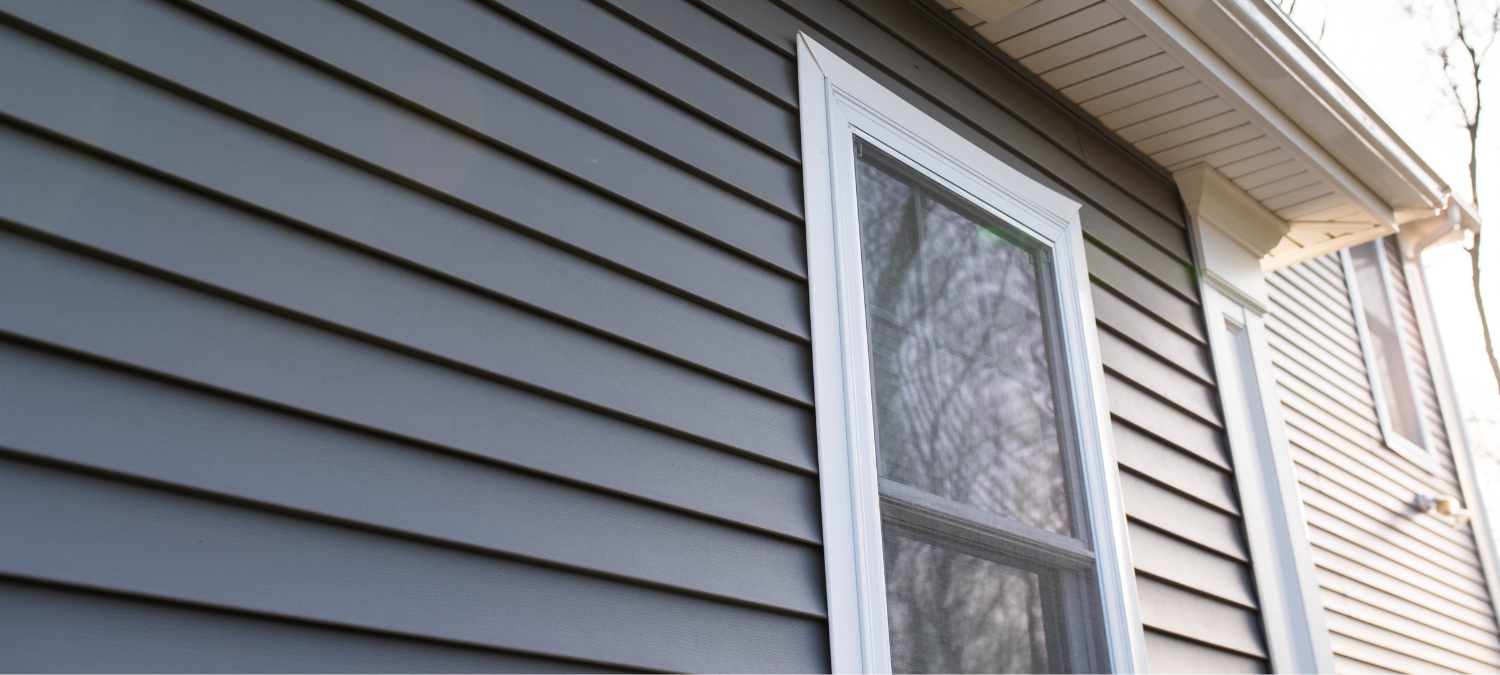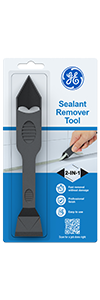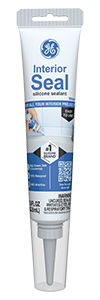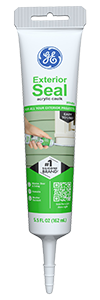Note: This DIY article is provided as a general guide only and is not intended to take the place of product-specific installation procedures; always follow applicable manufacturers’ instructions. Depending on your home’s age and condition, location within the home, and other potential factors, repairs and/or upgrades or other services may be necessary prior to the beginning and/or completion of your project that may involve the services of a home improvement professional. This article does not include advice pertaining to local building codes and/or any related inspections.
Fall is the ideal time to prepare your home for colder, wetter weather. Tackling key air sealing projects now can save you the hassle of dealing with drafts, moisture damage, and costly repairs down the line. This guide covers essential maintenance areas, from kitchens to exteriors, along with the right GE Sealants products to get the job done.
Cold, wet weather can wreak havoc on your home’s interior and exterior if gaps and cracks are left unsealed. Start your fall home maintenance this season by inspecting kitchen and bathroom surfaces, siding joints, and the foundation.
Why fall is the time for air sealing your home
As temperatures drop and humidity rises, small gaps and failing seals around your home can lead to big problems. Cold air seeps in, warm air escapes, and moisture can creep into places it shouldn’t, causing damage to walls, floors, and fixtures.
Fall is the best time to check these areas while the weather is still mild enough in most areas for repairs. Air sealing your home now will improve its energy efficiency and help lower heating costs throughout the winter. With the right sealant, you can protect your home from drafts, leaks, and mildew before they turn into expensive repair projects.
Kitchen and bath: reseal wet zones before the winter
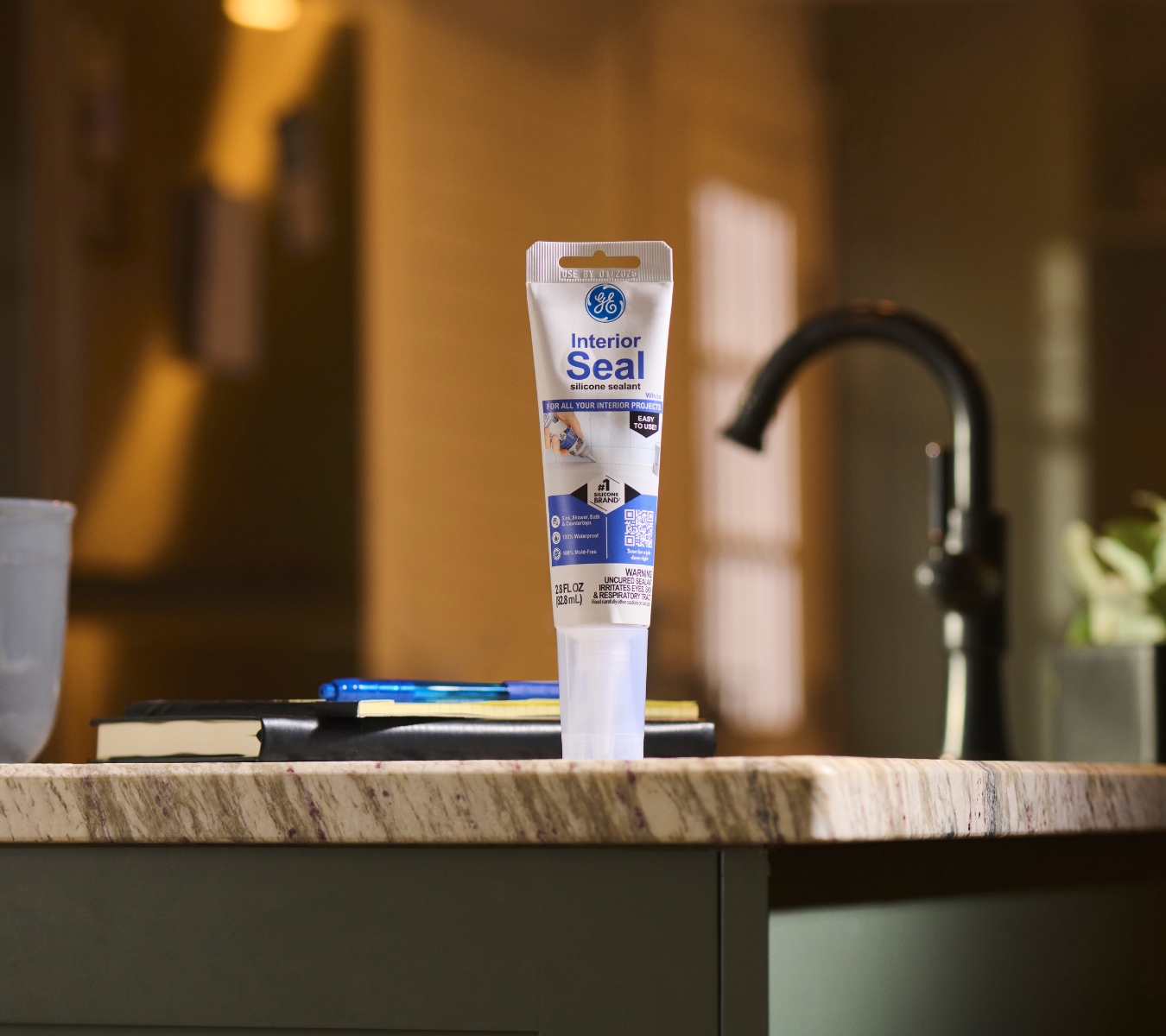
Kitchens and bathrooms see daily exposure to moisture, making them prime spots for cracked or moldy sealant. As part of your fall home maintenance, check around sinks, tubs, backsplashes, toilets, and countertops for any peeling, stained, or crumbling sealant. Even small gaps can let water in, leading to mold growth or damage beneath the surface.
If you spot any issues, remove the old material using the GE Sealant Remover Tool or a putty knife. Once the area is clean and dry, apply GE Interior Seal to reseal joints and seams. This sealant is designed for indoor use and resists mold and mildew, making it ideal for high-moisture zones. Use painter’s tape for a clean edge and follow curing instructions on the label to ensure a long-lasting seal.
Air seal exterior siding, vents, foundation
Cold, wet weather can wreak havoc on your home’s exterior if gaps and cracks are left unsealed. Start your fall home maintenance by inspecting siding joints, vent penetrations, outdoor faucets, and the foundation line for missing or deteriorated sealant.
These vulnerable areas allow water intrusion, which can freeze and expand in winter, causing costly structural damage. Also, look around exhaust vents, hose bibs, and electrical conduit, as these spots often go unnoticed. If you find old or cracked sealant, remove it to prep for a clean reseal.
For exhaust vents, check where the vent housing meets the siding. Then seal any gaps where air or water could enter. Around hose bibs, inspect the connection between the pipe and the wall, especially where caulk may have deteriorated due to sun and seasonal exposure. For electrical conduits, make sure there’s a continuous seal around where the conduit enters the structure. Use painter’s tape to help create clean sealant lines in tight spaces and apply sealant evenly around each opening.
For these areas, we recommend GE Exterior Seal. A flexible, weather-resistant sealant formulated to withstand temperature swings, UV rays, and moisture. Exterior Seal bonds to most exterior materials and is paint-ready if you’re touching up siding or trim. Apply on a dry day when temperatures are above 40°F and be sure to follow cure-time guidelines.
Attics and basements: improve insulation with air sealing
Attics and basements often contribute the most to home energy loss, especially when gaps around structural joints, ductwork, or access panels go unsealed. As warm air rises, it escapes through your attic, while cold air seeps in through the basement, making your heating system work harder and increasing utility bills.
Before winter, inspect these areas for visible gaps, cracks, or old, crumbling sealant. Pay close attention to rim joists, sill plates, attic hatches, and areas where pipes or wiring enter or exit. Take out any failing sealant and clean the surfaces. Then apply GE Interior Seal to fill gaps and seams. Interior Seal adheres well to wood, drywall, and masonry and remains flexible through seasonal shifts. Sealing before adding or upgrading insulation will improve your home’s thermal performance and reduce the risk of moisture condensation inside walls. As a properly sealed attic and basement create a more efficient building between the inside and the outside, air sealing these areas is one of the most cost-effective ways to improve home comfort during the colder months.
How to check if sealant needs replacing
Regardless of whether you’ve recently moved or owned your home for decades, you’ll likely encounter old sealant to remove in the course of this air sealing project. Fortunately, old or damaged sealant is easy to spot once you know what to look for.

Common signs to watch for in sealant maintenance include cracking, shrinking, discoloration, separation from the surface, or areas where moisture or mildew has set in. Run your finger along joints and seams. If the sealant crumbles or pulls away, it’s time to replace it. Use your GE Sealant Remover Tool to lift out the old material without scratching surrounding surfaces. Clean the area thoroughly, let it dry, then apply fresh sealant appropriate for the location.
To get GE Sealants’ products for your home improvement project, visit these fine retailers in the U.S. or Canada.

